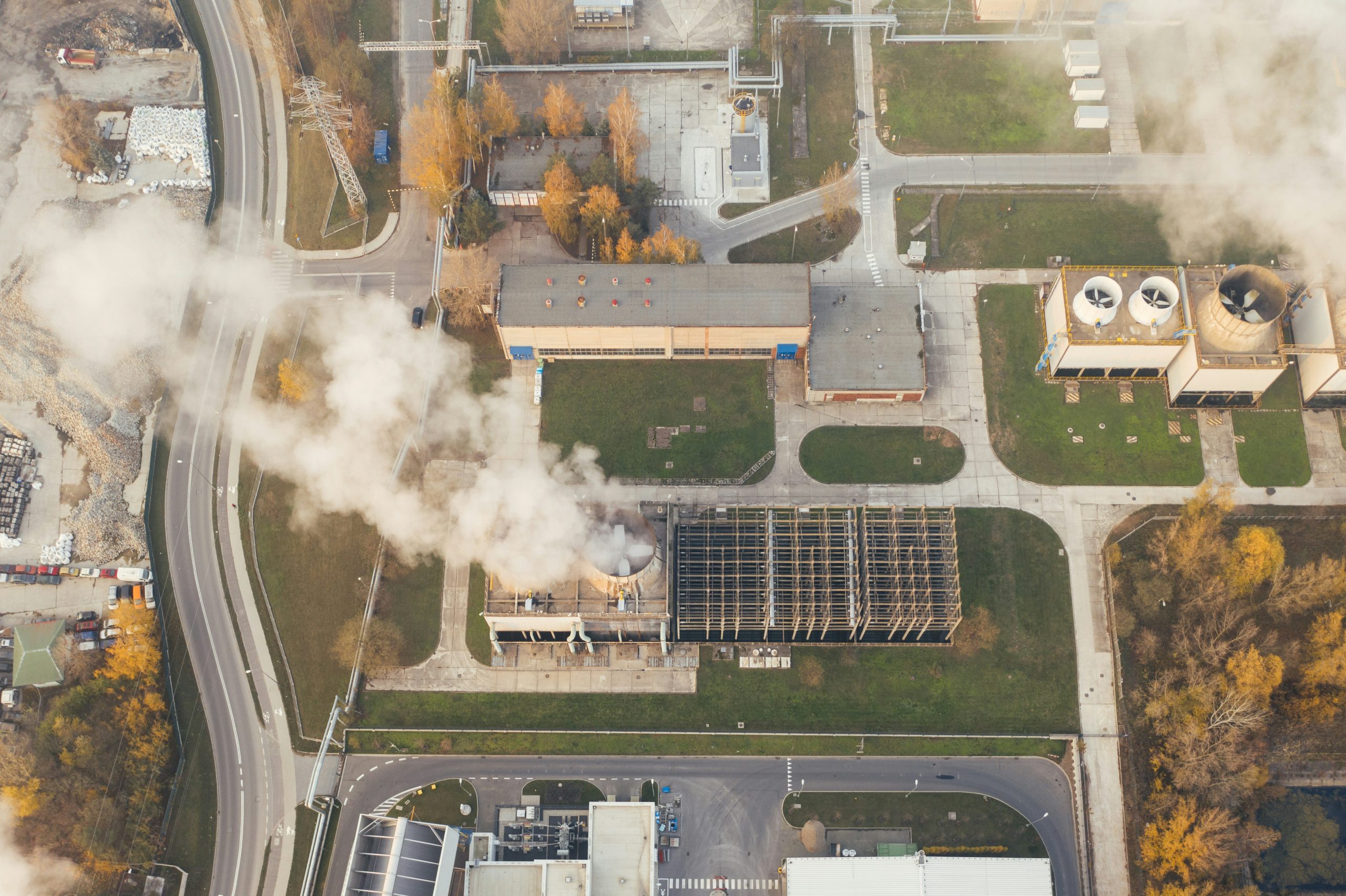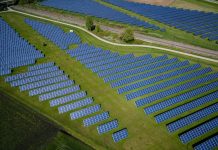
Despite the increased adoption of renewable energy and growing maturity of several key decarbonisation pathways, CO2 emissions peaked in 2023 and are projected to continue rising for decades to come. Even governments of countries with firm climate commitments, such as the UK which pledged to achieve zero-carbon electricity by 2035, will continue to build new natural gas-fired power plants to ensure reliable power supply. Meanwhile, coal usage remains at record highs, and although industrial CO2 emissions are declining, the rate of decrease is insufficient to meet global climate targets writes Adam Aziz, Analyst at DAI Magister.
Carbon capture technologies are one in a portfolio of solutions that will enable us to meet the IEA’s Net Zero Emissions by 2050 scenario (NZE). These innovative technologies enable continued use of CO2-emitting industrial processes and power systems, and either prevent the CO2 from entering the atmosphere or directly remove it once it has been released. Moreover, they critically provide more time for other clean technologies to mature, become cost-competitive, and achieve broader adoption by reducing atmospheric CO2 levels today.
The NZE scenario demands a dramatic increase in carbon capture, from just 45 million tonnes in 2022 to more than 1 billion tonnes annually by 2030 (and more than 6 billion tonnes by 2050). Meeting these ambitious targets will require substantial investment in technology development and deployment at scale. If achieved, carbon capture could become a cornerstone of climate mitigation, contributing over 8% of cumulative emission reductions by 2050—surpassing the effects of green hydrogen, bioenergy, and the decarbonisation of steelmaking, shipping, aviation, and HVAC.
Emissions Regulation: A Necessary Catalyst for Change
The issue of CO2 emissions is a classic example of market failure. Neither emitters nor consumers bear the costs of releasing CO2 into the atmosphere, resulting in the overuse of GHG-emitting processes. Policy approaches to solving this issue and restoring costs to emitters fall into two broad categories: “stick-based” and “carrot-based” approaches.
Europe has embraced a “stick-based” approach, employing cap & trade schemes and penalties for large emitters. The European Union Emissions Trading System currently sets a carbon price of c.€70 per tonne, which falls short of the $200 per tonne estimated to be required by CRU Business Intelligence to achieve cost parity between coal plants with and without CCS solutions. Additional regulations, such as the FuelEU Directive, impose stringent decarbonisation targets on sectors like shipping and aviation, indirectly increasing demand for CCS and other emission-reduction technologies.
In contrast, the United States has implemented a “carrot-based” approach, primarily through tax incentives. The revised 45Q guidelines under the Inflation Reduction Act (IRA) offer up to $85 per tonne in tax credits for industrial-source CCS projects with geological sequestration and up to $180 per tonne for direct air capture (DAC) projects with geological sequestration, with additional carve-outs for utilisation projects. This approach stimulates supply-side investment in carbon capture technologies and supports projects participating in voluntary offset markets at attractive prices for buyers. The 45Q is part of a broader regime in the US for encouraging the supply side of carbon reduction.
Key Technologies and Solutions
Carbon capture technologies are generally divided into pre-combustion and post-combustion methods. Pre-combustion technologies involve removing CO2 from fuels prior to combustion, typically converting fossil fuels into a hydrogen and CO2 mixture, capturing the CO2, and then using the hydrogen for energy generation. Although pre-combustion technologies achieve high capture rates, they are mainly applicable where fuel processing is already integrated into the process and often come with higher capital costs than post-combustion methods.
Post-combustion technologies capture CO2 emissions after fossil fuels are burned. This method uses chemical solvents or other processes to extract CO2 from point sources such as industrial flue gases. The main advantage is that these technologies can be retrofitted into existing processes, enabling continued operation, a lower capital cost for implementation, and avoiding any impact on atmospheric CO2 concentration. They are particularly effective in heavy industries and power generation—sectors responsible for over 60% of global CO2 emissions.
Solvent-based approaches
Solvent-based methods are the most established post-combustion carbon capture technologies. These use solvents, typically amines, to absorb CO2 from flue gases before it is able to enter the atmosphere. The solvents are then heated to high temperatures in order to release the CO2, which is compressed for transport to the next stage in its life cycle.
Direct Air Capture: The New Frontier
While point-source capture continues to advance, Direct Air Capture (DAC) has emerged as the new frontier in carbon removal. This technology, which extracts CO2 directly from the atmosphere, has captured the attention of investors and policymakers alike.
The surge in funding for DAC companies, for example, Climeworks which raised $650 million in 2022, signifies a clear shift in the industry. Achieving cost-effective DAC is the “holy grail” of carbon capture and has unsurprisingly been a very hot area of the fundraising market over the past few years. The Inflation Reduction Act (IRA) 45Q regulations, which offer incentives of up to $180 per tonne of CO2 captured and geologically sequestered, are making it more viable for companies to develop and scale DAC technologies.
Ocean Capture: Tapping into the Blue Carbon Sink
As the search for carbon removal solutions intensifies, some companies are turning their attention to the oceans. Ocean capture involves direct removal of CO2 from seawater, which enhances the ocean’s ability to absorb CO2 from the atmosphere through its natural role as a carbon sink. This approach also helps reduce ocean acidification, positively affecting marine biodiversity.
The Economics of Carbon Capture
The current cost of carbon capture remains too high for widespread adoption. According to IEA estimates, capturing CO2 from iron and steel production, costs between $40 and $100 per tonne, while DAC can reach up to $342 per tonne. With carbon prices around €70 per tonne in Europe, and US tax credits expected to offer up to $85 per tonne for industrial-source sequestration and $180 per tonne for DAC-based geological CCS, many carbon capture technologies remain economically unviable, even with these support measures.
Despite these challenges, the outlook for improving cost competitiveness is promising. Technological advancement has already led to significant reductions in DAC costs. The 2011 American Physical Society prediction of $600 per tonne for DAC has been easily surpassed, with Carbon Engineering in some cases achieving DAC costs below $100 per tonne. Additionally, industrial point sources are expected to achieve capture costs below $30 per tonne.
Beyond Capture: The Broader CCUS Value Chain
Carbon capture technologies represent the starting point of the broader carbon capture, utilisation, and storage (CCUS) value chain. While capturing CO2 is a critical first step, the subsequent downstream processes—such as sequestration and the diverse applications for using captured carbon—introduce their own economic considerations driven by separate but related commercial and regulatory factors.
Processing beyond capture adds cost on a per-tonne basis, a factor which must be balanced against the rewards available in the carbon markets and offtake markets for CO2 utilisation.




